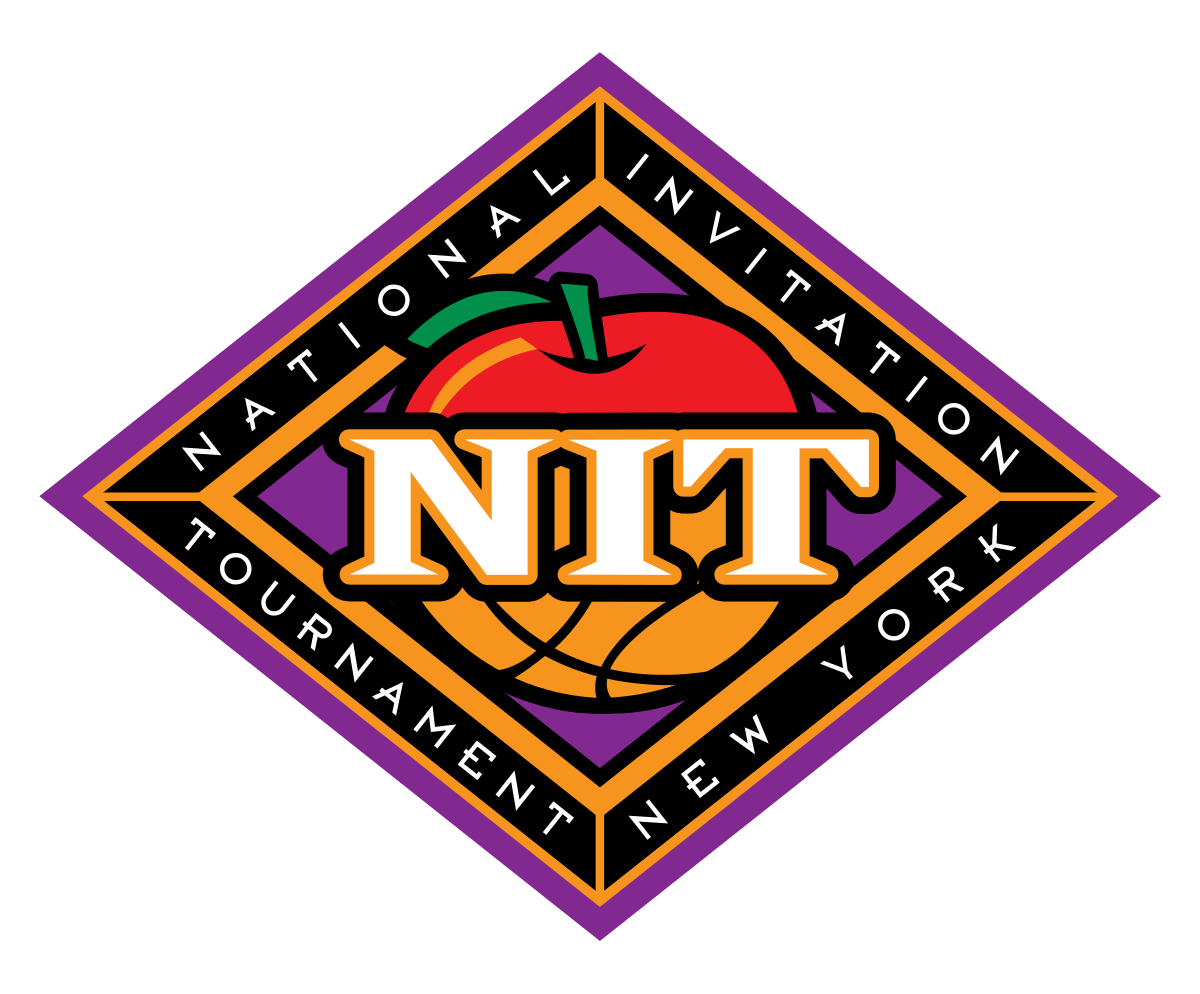The University of Memphis men’s basketball team currently sits at 8-0 and ranks second in the nation. Everything you hear and see in town suggests this team is poised to make a run for the national championship. And, despite a few good early wins against Oklahoma, UConn, and USC, that campaign kicks into gear this week: a road contest against Cincinnati followed by games against fifth-ranked Georgetown and 21st-ranked Arizona.
But does this Tiger team really fit the profile of a national champ? The NCAA tournament may be known for its exciting upsets, but history has shown that talent usually wins out in the end, and that typically means NBA-level talent. The teams with the most (and best) future pros have proven to have a significant advantage over their competition in the drive for the college hoops title.
Tiger fans have taken to lauding the talent on this year’s team, but how does it match up with other recent title winners as well as other teams competing for this year’s title?
The U of M currently has three players solidly on the NBA radar: Freshman point guard Derrick Rose is a consensus Top 5 pick. Junior swingman Chris Douglas-Roberts is projected to be anywhere from a mid-first-rounder to a second-rounder. Senior center Joey Dorsey — too short and too old for his college production to mark him as a top-notch pro prospect — could go anywhere from late-first (a long shot) to falling out of the draft completely.
By comparison, look at the NBA pedigree of recent champs. The Florida team that won the past two NCAA tournaments sent five players into the NBA, including three Top 10 picks — Al Horford, Corey Brewer, and Joakim Noah. The 2005 North Carolina title team sent six of its players into the NBA draft, including four players in the Top 15 and two players (Marvin Williams and Raymond Felton) in the Top 5. The previous year’s victorious Connecticut squad had a whopping seven players from its title-team roster drafted into the NBA, including three Top 10 picks (Emeka Okafor, Ben Gordon, and Charlie Villaneuva).
This recent stretch of college champs littered with pros isn’t a fluke: Eleven of the past 13 college champions had at least four players drafted into the NBA, a number this Memphis team is unlikely to match. The two exceptions are the upset-special Syracuse team of 2003, which boasted two draftees (Carmelo Anthony and the Grizzlies’ Hakim Warrick, picked third and 19th, respectively) and was only a number-three seed heading into that year’s tournament, and the 1999 Connecticut team in which Rip Hamilton was a Top 10 pick and Khalid El-Amin and Jake Voskuhl were high second-rounders.
So, even if you take an optimistic view of the pro prospects of Rose, Douglas-Roberts, and Dorsey — that Rose goes very high, Douglas-Roberts goes in the middle of the first round, and Dorsey gets drafted — this Tiger team would barely match the profiles of those exceptions to the rule.
If Douglas-Roberts and Dorsey instead meet their low-end expectations — falling to the late-first or early-second round and going undrafted, respectively — then you’d have to go all the way back to the 1994 Arkansas Razorbacks, from which only Corliss Williamson was drafted, to find an NCAA champion with a less impressive stable of pro prospects than this year’s Tiger team.
Tiger fans may think their team is outrageously talented, but NBA prospect lists don’t agree. In fact, several current college teams — particularly North Carolina, Kansas, UCLA, and Arizona — boast a more impressive array of pro prospects than John Calipari’s team.
It is true that the act of winning can help get players drafted, but second-tier Tigers such as Antonio Anderson and Robert Dozier are too marginal in skill for a good tournament run to boost their pro prospects much.
Basically, if the Tigers win a title this season, it will mean one of two things: that Dorsey and Douglas-Roberts have enhanced their status as pro prospects or the team itself has bucked a very strong trend.
